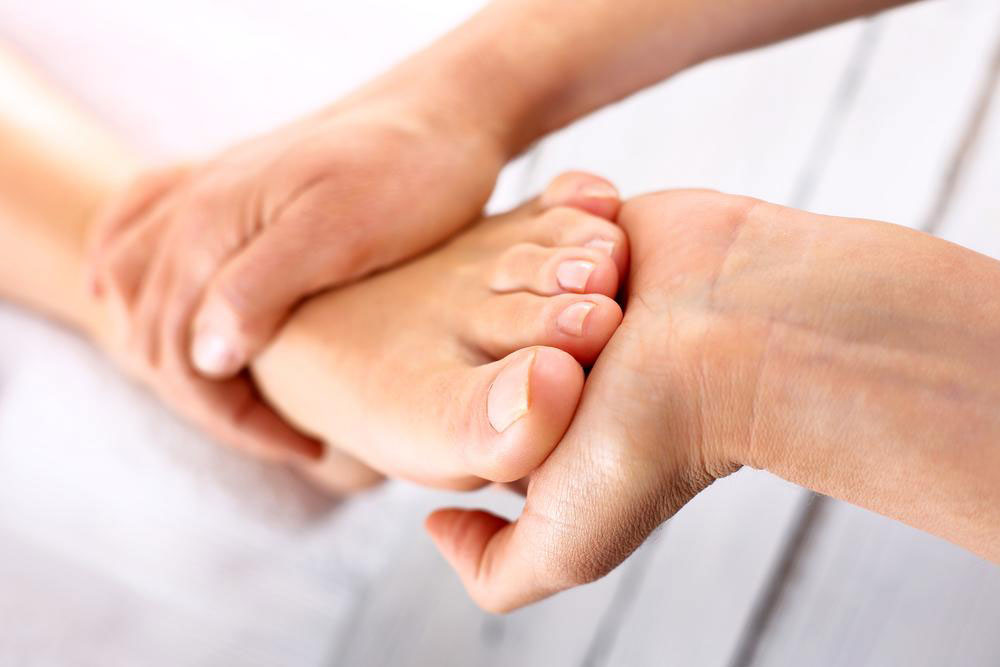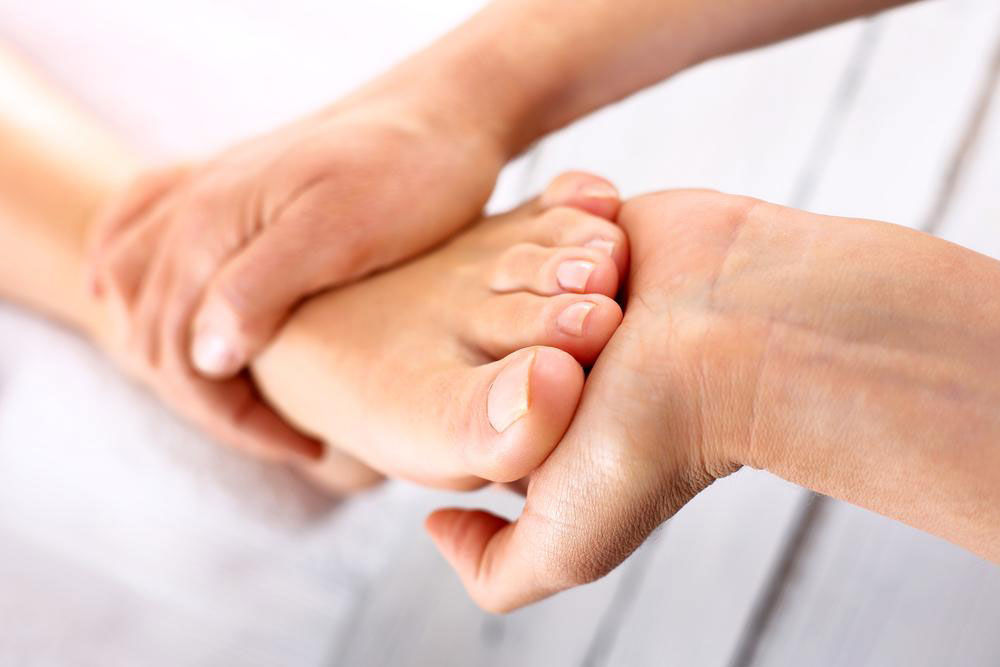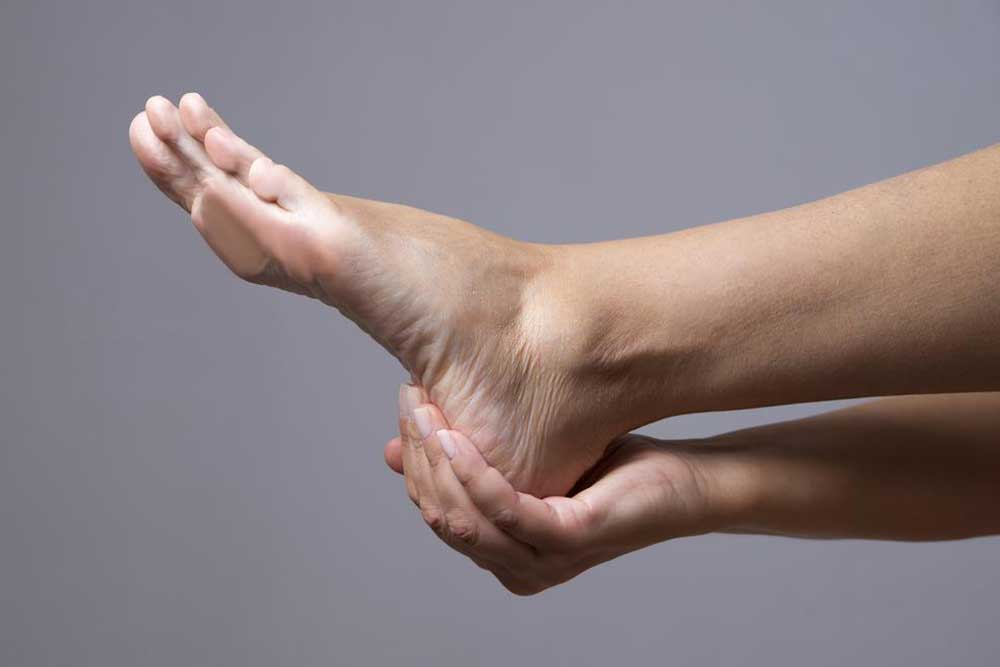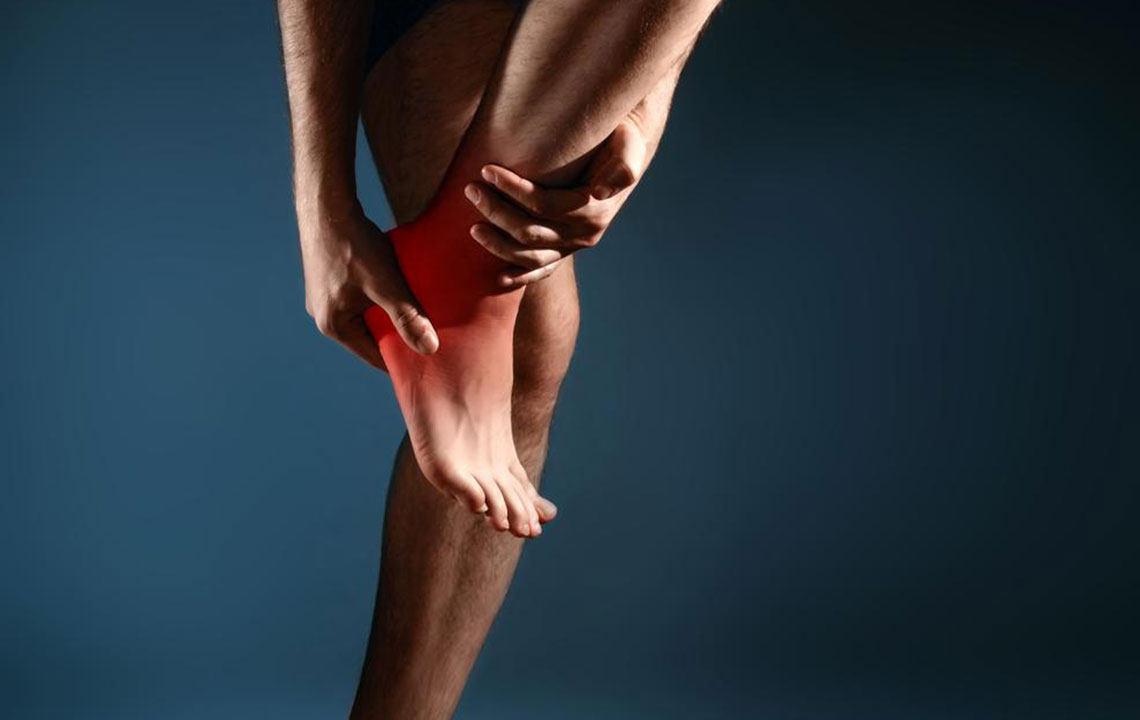Comprehensive Guide to Heel Discomfort: Causes, Symptoms, and Treatment Options
Heel discomfort affects many adults, often resulting from prolonged stress, improper footwear, or underlying health conditions. Recognizing symptoms early and seeking appropriate treatment can prevent chronic pain. This comprehensive guide explores the causes, symptoms, and remedies for heel discomfort, emphasizing preventive care and effective management strategies to restore foot health and mobility.

Comprehensive Guide to Heel Discomfort: Causes, Symptoms, and Treatment Options
Heel discomfort is a common complaint among adults worldwide, impacting daily life and mobility. While often overlooked or dismissed as minor pain, persistent heel issues can significantly affect quality of life if not properly addressed. Understanding the various causes, recognizing symptoms early, and knowing effective treatment options are crucial steps toward alleviating discomfort and preventing chronic problems.
The heel, or calcaneus, is a vital component of foot anatomy—an intricate structure of bones, tendons, ligaments, and muscles that work together to enable walking, running, and standing. As part of the body's weight-bearing system, the heel endures significant stress, particularly during high-impact activities such as running or jumping.
Understanding the anatomy of the heel helps clarify why discomfort occurs. The calcaneus is not just a support for the body but also serves as the attachment point for large tendons like the Achilles tendon, which connects the calf muscles to the heel bone. These structures facilitate movement but also become susceptible to overuse, strain, and injury.
Heel pain often begins subtly but can intensify over time if not addressed. This pain may be localized beneath the heel, around the Achilles tendon, or along the plantar fascia, a thick band of connective tissue stretching from the heel to the toes. Factors that contribute to heel discomfort include mechanical stress from footwear, activity levels, foot biomechanics, and systemic health conditions such as arthritis or autoimmune diseases.
During activities like walking, running, or jumping, the heel absorbs considerable impact forces. Studies show that when we run or jump, the heel can experience forces several times greater than our body weight, heightening the risk of injuries such as plantar fasciitis, Achilles tendinopathy, or heel bursitis. Repeated stress weakens the supporting structures, leading to inflammation, microtears, and pain.
One common cause of heel discomfort is plantar fasciitis, characterized by inflammation of the plantar fascia. This condition often manifests as a sharp pain upon taking the first steps in the morning or after prolonged rest. Overuse of flat footwear like flip-flops or sandals, which offer minimal arch support, can exacerbate the condition by increasing strain on the plantar fascia and surrounding tissues.
Other causes include heel spurs—bony projections that develop from chronic plantar fasciitis—arthritis affecting the heel joint, or injuries from sudden impact. Autoimmune conditions such as rheumatoid arthritis may also cause heel pain due to joint inflammation. Additionally, nerve irritation like tarsal tunnel syndrome can produce symptoms similar to heel discomfort, including numbness or tingling.
Identifying symptoms early is vital for effective treatment. Typical signs include pain that worsens after periods of rest, especially in the morning, as well as discomfort during or after physical activity. Some individuals experience swelling, redness, or warmth around the heel, indicating inflammation. In more severe cases, symptoms may include numbness, tingling sensations, or difficulty pointing the foot downward.
Prolonged use of poorly supportive footwear, excessive standing, or overtraining can contribute significantly to heel problems. If you notice these symptoms persisting beyond a week, or if pain becomes intense, swelling, or associated with systemic signs like fever or numbness, it is advisable to seek medical attention promptly.
Proper diagnosis involves a thorough physical examination, imaging tests such as X-rays or MRI, and possibly biomechanical assessments to identify structural or functional issues contributing to heel pain. Once diagnosed, treatment options vary depending on the severity and underlying cause, including conservative therapies, footwear modifications, medications, and in some cases, surgical intervention.
Conservative treatment strategies include rest, ice application, anti-inflammatory medications, physical therapy, and stretching exercises aimed at relieving tension in the plantar fascia or Achilles tendon. Wearing supportive footwear with good arch support and cushioning can reduce excessive strain on the heel. Custom orthotics or heel cups are often recommended to improve foot biomechanics and distribute forces more evenly.
In cases where conservative measures fail, minimally invasive procedures like corticosteroid injections or shockwave therapy may provide relief. Surgical options include removal of heel spurs or release of the plantar fascia, but these are considered after failure of non-invasive approaches.
Preventative care is essential in maintaining healthy heels. Regular stretching of calf muscles, choosing supportive footwear, avoiding prolonged standing on hard surfaces, and maintaining a healthy weight can help reduce the risk of heel pain. Addressing foot biomechanics issues early, through orthotics or physical therapy, can prevent the progression of symptoms.
In summary, heel discomfort is a widespread but manageable condition. Recognizing early signs and understanding the underlying causes empower individuals to seek appropriate treatment and adopt preventive measures. With proper care, most heel problems can be alleviated, allowing for pain-free mobility and an improved quality of life.





